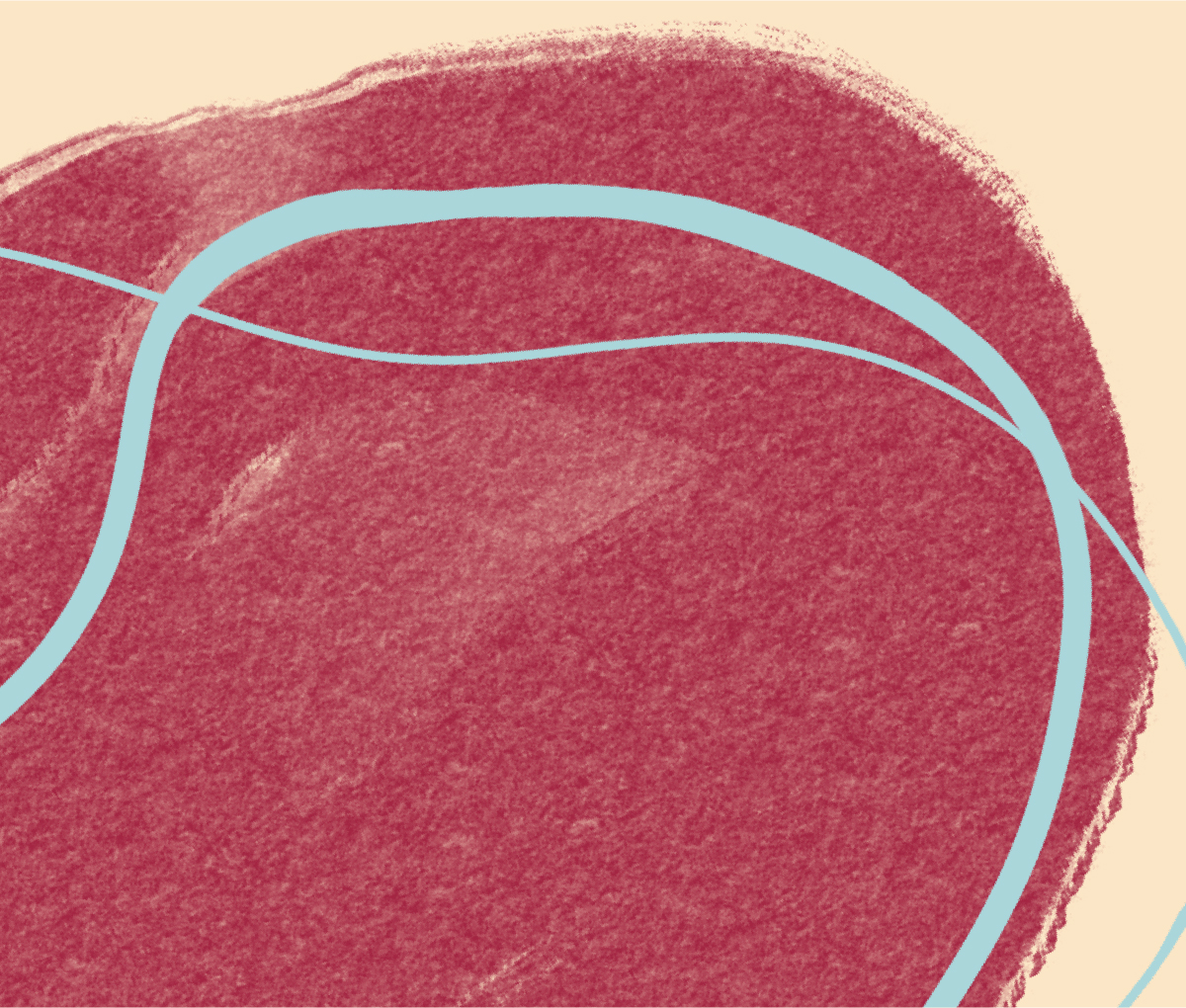Session 8: Child Sexual Abuse

Objectives
- Learn how to provide first line support and medical care to child survivors of rape and sexual abuse
- Gain knowledge and skills to provide care and support to children who experience rape and sexual abuse
- Describe the guiding principles of caring for child survivors
- Describe how to create a safe environment for child survivors
- Explain why it is impossible to test for virginity
- Explain at what age a girl should be offered ECP if vaginal penetration has occurred.
- Describe what treatment you would offer for a child survivor.
- Demonstrate how to advise parents or guardians on a child’s possible reactions to sexual assault.
Presentation
Facilitator guide
Activities
Videos
The videos include a fictional story of rape or intimate partner violence that may be distressing, difficult or even re-traumatizing for some viewers to watch and listen to. This video is for educational purposes to show participants how to conduct a history and interview about an incident of rape or intimate partner violence. The videos include sensitive images to for educational purposes to show participants how to correctly perform an examination and to document common injuries
8.1 Welcoming child survivors
8.2 Informed consent
8.3 Assessing the child alone
8.4 Medical history of a child
8.5 History of the incident with a child
8.6 General exam of a child
8.7 Genital exam of a child
8.8 Talking about virginity with adolescents
8.9 Preventing pregnancy for adolescents
8.10 Medical treatment and care of children
8.11 Psychosocial support for children
8.12 Enhancing safety with children
8.13 Connecting children with social support
Participant handouts
Key messages
- Ensure care for children and adolescents is:
- provided in a safe, child-friendly space
- promotes their best interest and evolving capacities
- enhances their safety
Required supplies & materials
- Wall space to post papers
- Tape
- Pen and blank paper workbook for each participant
- Signs with the words “agree” or “disagree” written on them
- Flip chart, markers
- Print outs of statements and case studies for activities– depending on which activities you choose
Further resources for facilitators (Optional)
- WHO (2019) Clinical management of rape and intimate partner violence survivors: Developing protocols for use in humanitarian settings, Part 6: Caring for child survivors, pg 36 39
- IRC, UNHCR (2012) Caring for Child Survivors of Sexual abuse Guidelines
- World Health Organization (2016). Clinical guidelines for responding to children and adolescents who have been sexually abused. Geneva
- WHO (2018) Eliminating Virginity Testing: An Interagency Statement
